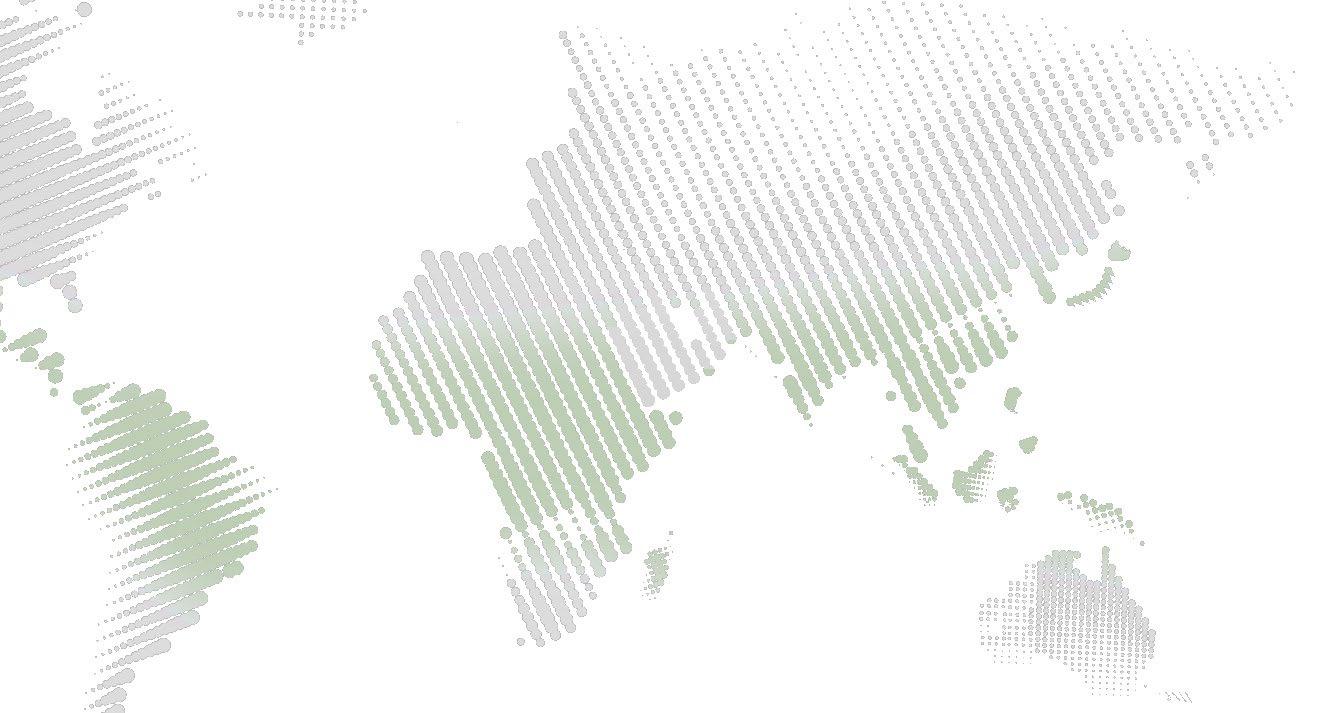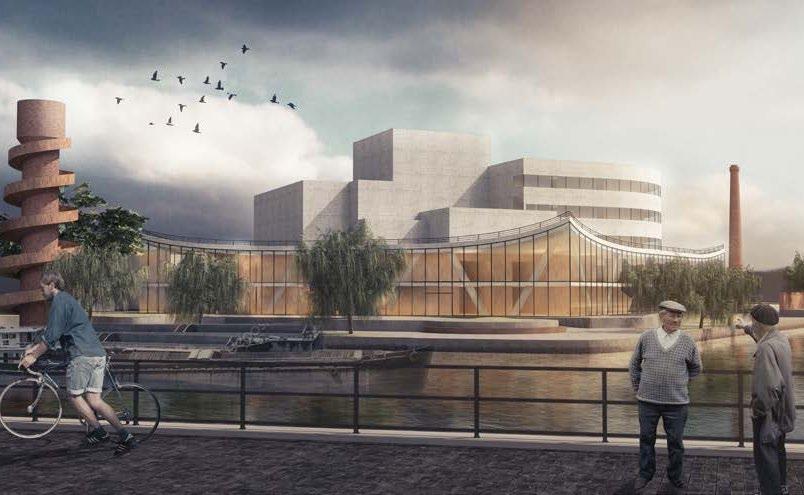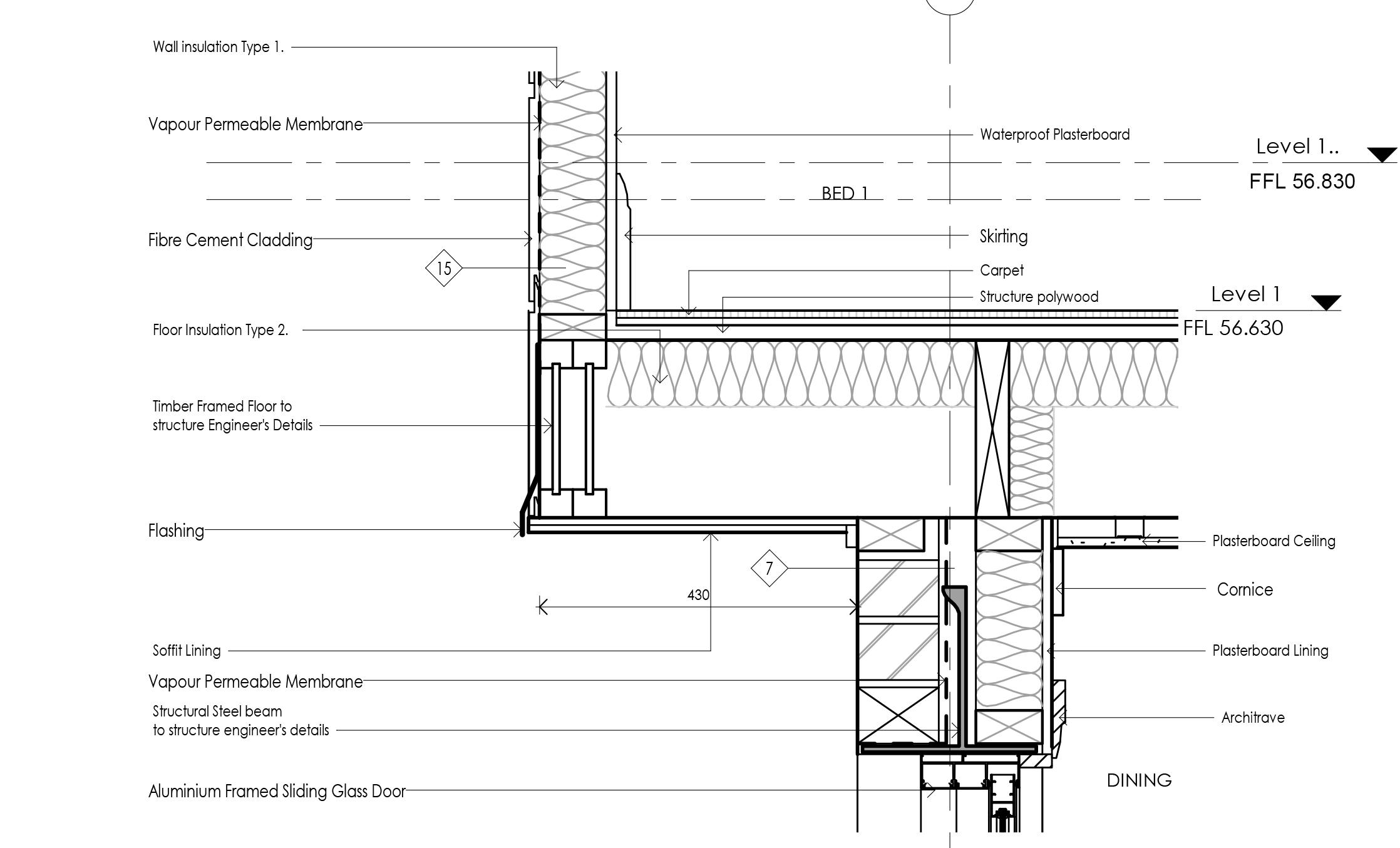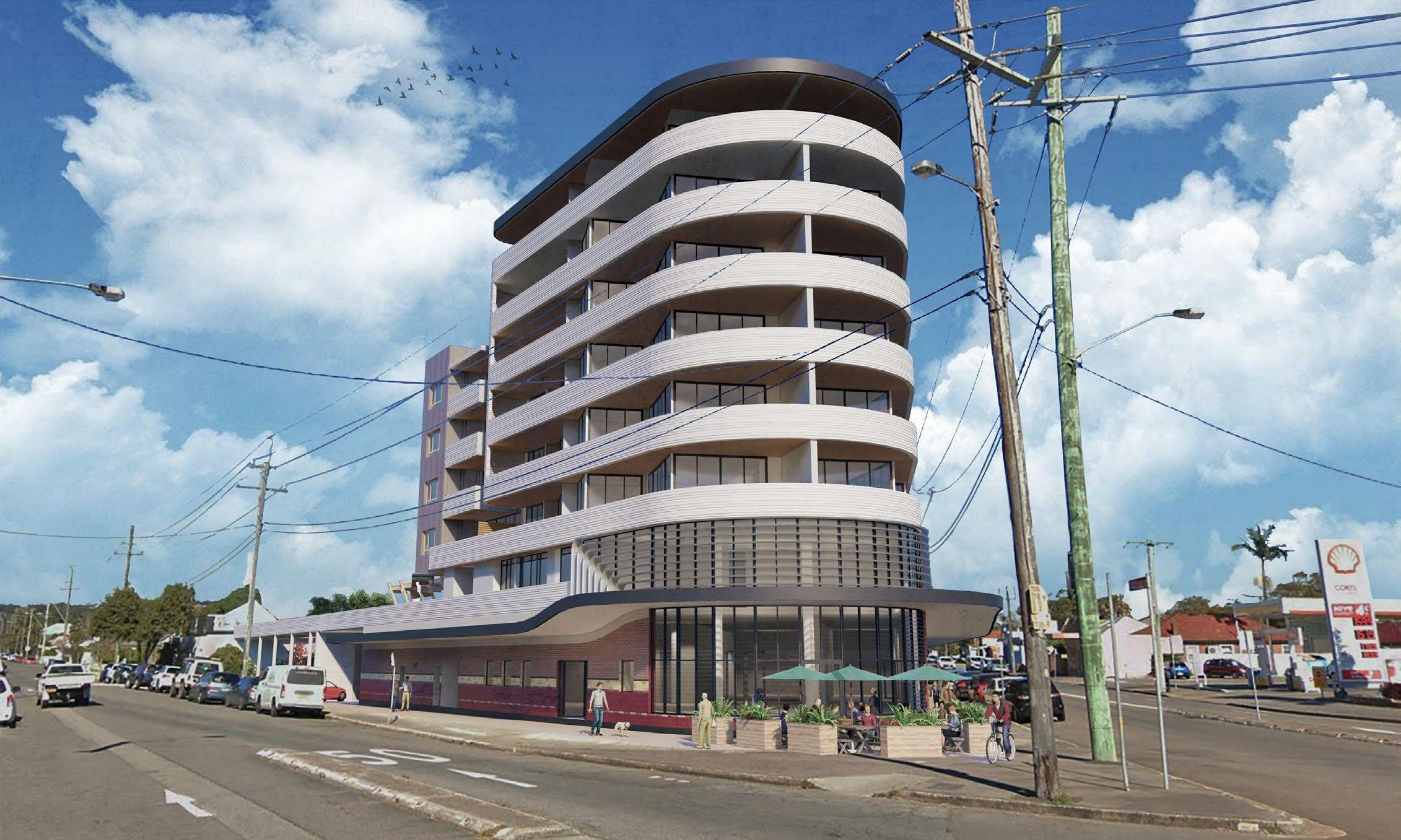
2 minute read
Tactile Journey In Ocean
from Junlong Portfolio
by s Junlong
The ocean is more mysterious to those who are visually impaired,and their perception of the world mostly comes from the senses of hearing and touch. This project investigates how to help people with low vision and the blind to perceive the ocean by touch.
The beautiful creatures of the ocean depths, with their particular patterns, can be perceived by sighted humans through photographs and images of these wonderful structures. At the same time, blind people cannot reach them. This project aims to present these beautiful creatures from the depths of the sea in their breath, their strength and their natural seeds to these visually impaired people.
Advertisement
Iteration of Ocean Geometry









depth of interception
The result of triming
Trim the sponge geometry




Sponges are among the strangest and oldest animals on Earth.And glass sponges are probably the most mysterious and oldest sponges.The oldest sponges. Strictly speaking, they are animals; they lack many of the basic features and have no structured organization. They have no organs. and no respiratory system, digestive system, or nervous system either. Therefore, in order to help blind people better understand marine life, we scanned a sponge model and then matched it to a more regular digital model (gyroid) for trimming to get the final one.


These figures show fragments in different sizes are trimed in different depths.

This stripe pattern concept comes from the geometric lines characteristic of whale skin, allowing the blind to touch the regular stripes to understand the large creatures of the ocean and the vitality of the ocean.








Digital Model 3D

ThisH hole pattern concept is to simulate the geometric lines characteristic of Sponge. At the same time the hole size in the pattern is randomized to more authentically simulate the characteristics of marine creatures.










The parasitic relationship in the ocean is demonstrated by representing the barnacles growing on the surface of the whale's skin through the raised geometry on the prototype.








1.Divide the basic surface of geometries by triangle shapes.
Filter these triangles and choose the areas close to boundaries.

Randomly pick some triangles. 4. Create centers of these triangles. 5. Calculate the distances of centers to reference points as basic data. 6. Offset the nake edges of every triangle surface through the basic data. 7. Loft these triangle curves to create geometries.


Combination





Work Process of Robotic
x2
Tactile Chair

Select some features of the prototype and pre-formulate the pattern by the Robotic.






The final project we would like to present is a chair that combines 3D printing and wood working. In order to give a good tactile sensation to the blind, we carved the pattern "WAVES"characteristic of marine life by means of a robotic arm KUKA prc, facilitating their perception of the ocean through touch.



The visitors can also access the different ocean-creature skins by the 3d print model on the top of chairs. Additionally, Brailes used to explain the topic are implemented on this chair by inserting some metal protrusions.







